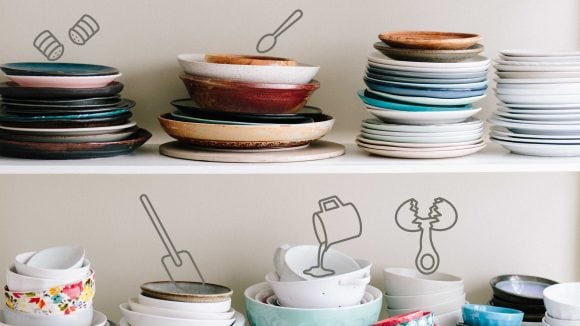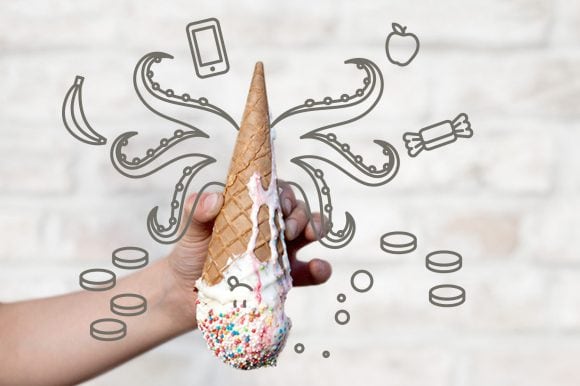How to explain the idea of secondhand to your kids
Is your child less than thrilled about getting hand-me-down clothes and toys from older siblings? How to explain secondhand.
Olivia’s had enough! She always gets hand-me-downs from her big sister, Zoe. And you can understand why Olivia feels disadvantaged to a degree. However, Zoe’s old bike is still in good condition. So it simply makes no financial and ecological sense to throw it out. But how can you give back the bike its value for Olivia? Rather than simply telling her that used bikes are cool, it helps to work out together how much it’s worth.

Such calculations can help children learn about and assess the worth of items. Just because something isn’t brand new doesn’t mean that it’s worthless. Sure, its value is reduced, but the charm is never lost.
If you buy things that will be used by more than one child, it’s a great idea to involve all children in the purchasing decision. This makes the siblings learn how to make compromises and to find creative solutions themselves. And then when one of the children doesn’t like the color of the bike, for example, you can give it a coat of paint and add a new bell.
Of course, there’s always the possibility that your child will still feel disadvantaged even after they realize the item’s value. Listen to them carefully and try to explore where this feeling is coming from, showing them your understanding. Explain to your child why, as a family, you can’t or don’t want to buy a second new bike. No matter how hard you try to treat your children fairly, even on a measurable basis – by means of money or time – you won’t always be successful. Tell your children that you do your best, despite the fact that they might not see it this way.

“If I like the clothes, I’ll take them. But I’ve also got clothes from my older sister before that I didn’t like at all. I could maybe swap them for something nicer from one of my friends.”

“The older children get, the harder it is to pass used items onto them. But it’s not always financially possible to buy everything new. Our kids understand that.”
The highlights in a nutshell
The highlights in a nutshell
- Show understanding and listen to your child carefully. Maybe it’s not about something new or old at all, but rather the lack of appreciation.
- Explain to your child why not everything has to be new all the time.
- Lead by example and buy secondhand yourself every once and a while.
- Get your child involved in selling items you no longer need online or at a flea market – this way, they’ll learn the value of things.
UBS’s educational principles
UBS’s educational principles
This article was written in collaboration with educator Marianne Heller, who has years of experience in teaching financial education and debt prevention programs for children and young people.

Subscribe to the Kids newsletter
Subscribe to the Kids newsletter
Check out the latest articles on teaching kids about money and discover great contests and info about the UBS Kids Cup.



